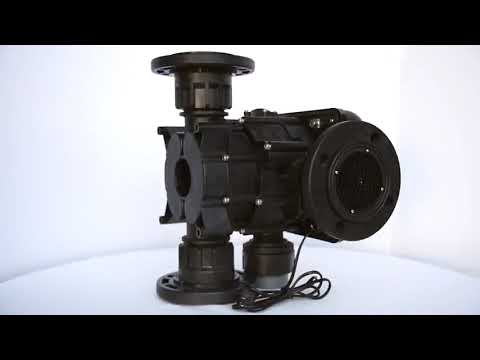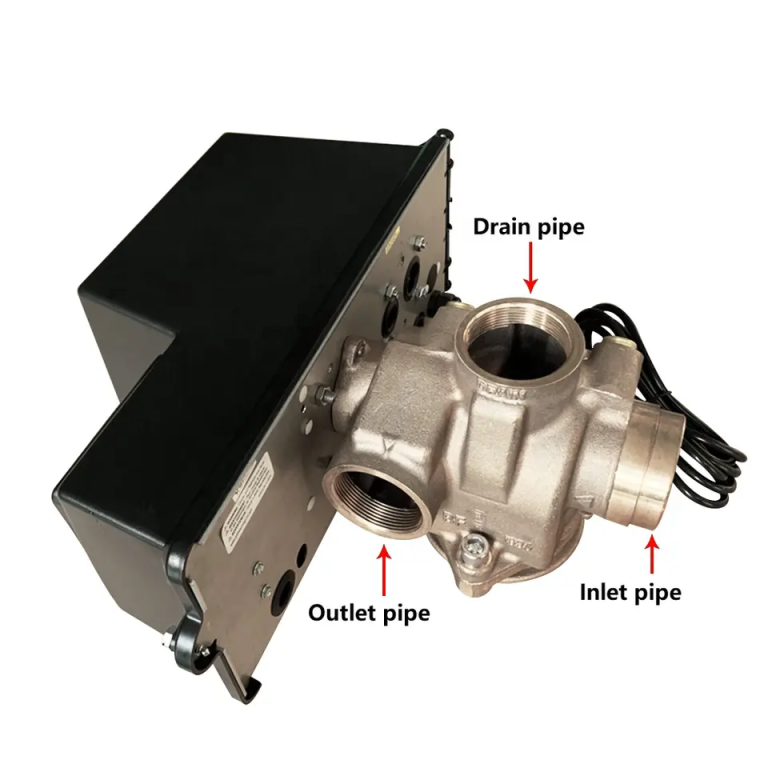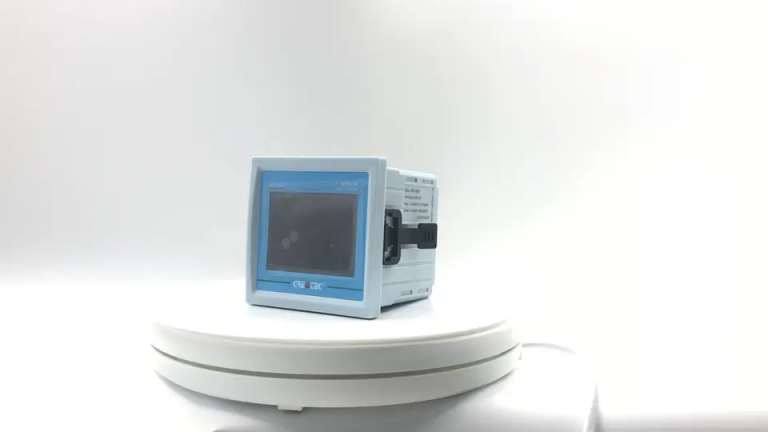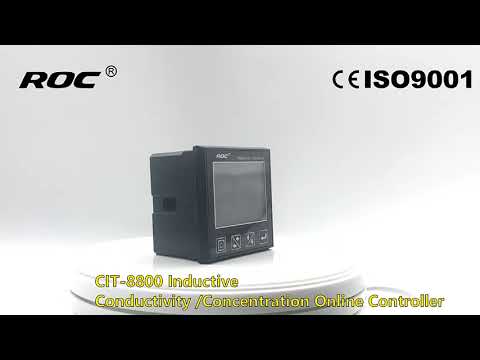“วัดความต้านทานของพื้นผิวด้วยความแม่นยำและง่ายดาย”
ทำความเข้าใจเครื่องวัดความต้านทานพื้นผิวและการใช้งาน
ในอุตสาหกรรมการก่อสร้าง เครื่องวัดความต้านทานพื้นผิวใช้ในการประเมินคุณภาพของคอนกรีตและวัสดุก่อสร้างอื่นๆ ด้วยการวัดความต้านทานพื้นผิวของพื้นผิวคอนกรีต วิศวกรสามารถระบุความสามารถในการต้านทานการไหลของกระแสไฟฟ้าและป้องกันการกัดกร่อนของเหล็กเสริมที่ฝังอยู่ ข้อมูลนี้มีความสำคัญอย่างยิ่งในการรับประกันความทนทานและอายุการใช้งานที่ยาวนานของโครงสร้างคอนกรีต เช่น สะพาน อุโมงค์ และอาคาร ในสภาพแวดล้อมที่รุนแรง
โดยสรุป เครื่องวัดความต้านทานพื้นผิวเป็นเครื่องมือสำคัญที่ใช้ในอุตสาหกรรมต่างๆ เพื่อวัดความต้านทานของพื้นผิวของวัสดุ ไปจนถึงการไหลของกระแสไฟฟ้า ด้วยการวัดความต้านทานพื้นผิวของวัสดุ วิศวกรและช่างเทคนิคสามารถประเมินคุณสมบัติทางไฟฟ้าและมั่นใจในคุณภาพและประสิทธิภาพในการใช้งานที่แตกต่างกัน ตั้งแต่การเคลือบและฟิล์มไปจนถึงอุปกรณ์อิเล็กทรอนิกส์และการควบคุมไฟฟ้าสถิต มิเตอร์วัดความต้านทานพื้นผิวมีบทบาทสำคัญในการรับรองความน่าเชื่อถือและความปลอดภัยของวัสดุและผลิตภัณฑ์ในอุตสาหกรรมต่างๆ

In the construction industry, surface resistivity meters are used to assess the quality of concrete and other building materials. By measuring the surface resistivity of concrete surfaces, engineers can determine their ability to resist the flow of electricity and prevent corrosion of embedded steel reinforcement. This information is crucial in ensuring the durability and longevity of concrete structures, such as bridges, tunnels, and buildings, in harsh environments.
In conclusion, surface resistivity meters are essential tools used in various industries to measure the resistance of a material’s surface to the flow of electricity. By measuring the surface resistivity of materials, engineers and technicians can assess their electrical properties and ensure their quality and performance in different applications. From coatings and films to electronics and static control, surface resistivity meters play a crucial role in ensuring the reliability and safety of materials and products in various industries.







